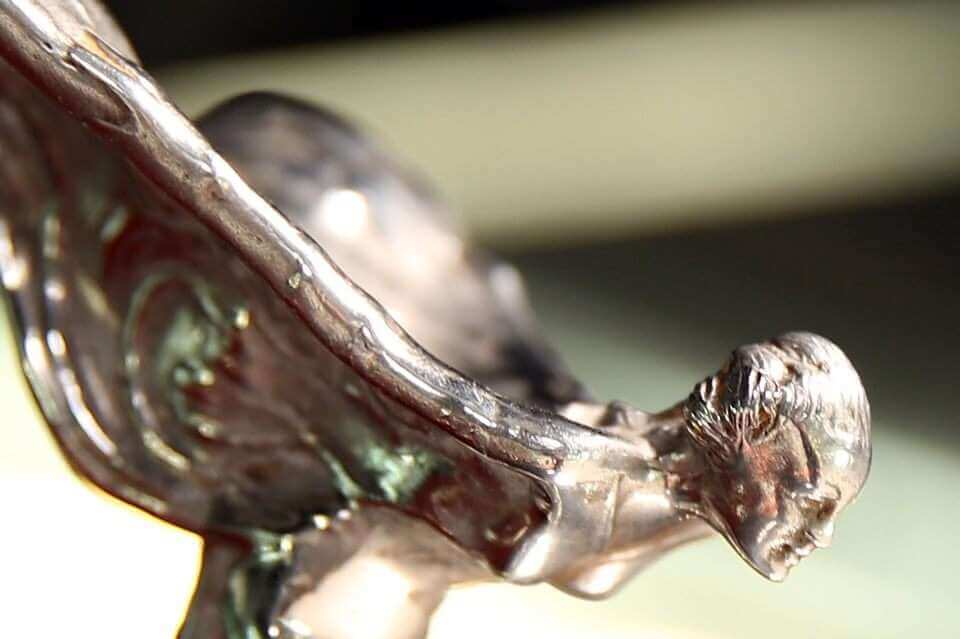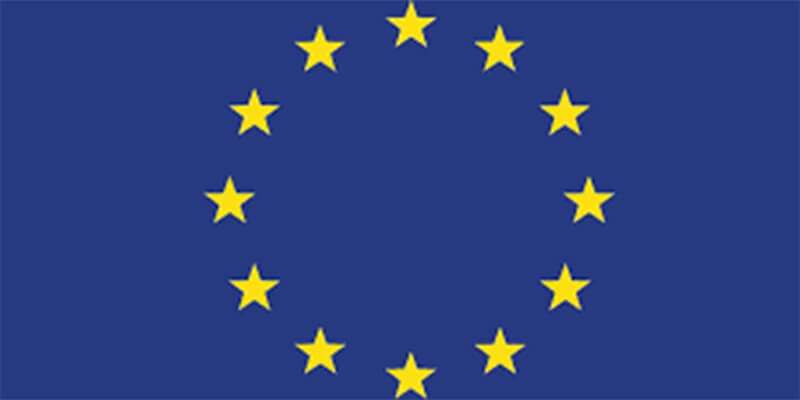No doubt, that your IP Strategy could be linked to your business strategy. But what needs to be better recognized is that IP issues can actually drive most strategic consideration in an organism. For example, many pharmaceuticals and chemical companies focus their research on compounds for which they have the freedom to operate and can gain the most patent protection. When you consider that 80% of business is in its intangible assets then it makes sense that the framework of the organisation is based on those assets, and associated IP issues.

Organisational Types
Organisation guides the structure of an IP Strategy. Individuals often need resources such as money, expertise, staff and distribution outlets. Instead of a comprehensive IP Strategy or policy they made only need to know what few steps need to be put into place to attract a commercial partner to provide resource required. For small medium enterprise , internal structure need to allow growth. SMEs are great opportunities to ins til an effective IP framework and tend to be quick adopters of IP policies. Therefore an IP strategy must include stringent publication policy and associated template agreements , a training policy to increase awareness of intellectual property among st research staff and as well as means to encourage them to communicate the IP issues to their commercial arm. Corporate are often large and unlikely. Therefore the IP strategy needs to have firm guidelines on management responsibilities and communication throughout the organisation to ensure that there is a consistent overall approach to IP issues.
Culture
The culture of an organisation can influence strongly how systems are introduced and the content of those system. For example, a more gentle approach is required with academic entities than those having a purely commercial focus. Creatives hate accountability and engineers hate paperwork.Therefore any system must be easy to adopt. Understanding the motives staff is important as this could affect whether inventors award schemes are introduced. and whta form they take. Customer relationships count too. While the correct legal approach may be to lock down ownership of IP in all third party dealings.
IP Audit
An audit of existing intellectual property right shouldn’t just include the basics such as schedule of registered intellectual property including patents, trademarks, design registration, and plant variety right. There is also need to be documentation of unregistered assets such as know how, copyright and even “collections” which can give competitive advantages. It should also include such things as ownership issues as often there are historical relationships which are not immediately apparent. And of great importance but often overlooked, is the scope of protection. Just having a patent for a product or a process is not enough. An IP audit therefore help determine;

- gaps in protection
- risks, particularly in terms of internal system, ownership and condition of use
- opportunities as current IP protection may be broader than the current business model,
- and whether you are spending money on dead wood.
IP Creation
Involving the right people at the genesis of IP can save lot of heartache later on. It is expensive and difficult to grow a business that has a weak IP position as a consequence of choosing inappropriate trademark or developing unpredictable products. And it can be financially disastrous to invest heavily in a marketing campaign or product manufacturer to find that you cannot enter a market because of freedom of operate issues. Therefore, apart of IP strategy is to have a savvy people, “brainstorming” meeting, whether well-trained staff or an IP strategist.
Barriers to Entry
The decision on whether to invest in formal IP protection is largely linked to the value of the competitive edge it provides or maintains. Therefore with a new product or brand, the focus can be determining the features which will persuade consumers to persuade a consumer to purchase the product or service, and protecting those. However, a competitive edge can also be maintained through other barriers to entry,

- key-personnel
- Niche market
- Exclusive supply of key ingredients
- Regulatory approval
- First to market
- Disorganised competitors
Understanding barriers to entry can influence the system and where to formalize IP protection where these systems do not provide desired security.
Exit Strategy
You need to know the exit strategy. This can depend on the desire of the board, on the actual product lifespan. For a short-lived product either formal intellectual property, protection is forsaken, or quick fix deterrent application is useful just to buy enough times to exploit the market. Companies in for the long haul require a selective managed process an mindful of budget accommodating expansion plans suit. A Large IP portfolio helps if a trademark application can be timed so that you are not committed to completing the application.
Third Party Interaction
Third parties can include employees, suppliers, contractors, customers, and partners. Regrettably, the much intellectual property is lost because of third-party interactions. Your IP policy should, therefore, mandate that these interactions are defined and good systems are in place – including:

- employment contracts,
- Key Person insurance
- succession planning
- confidentiality agreements,
- development agreements,
- documentation protocols,
- visitor protocols
- award schemes (for employees), and
- licences.
Timings
Sometimes timings can be dictated by the type of organization and subject matter they deal with. It is possible to delay filing application or shift filing dates of application if a particular project is taking time to become market ready. To provide this flexibility you need to mandate that marketing and research cannot publish until the IP position has been clearly considered. A strategy should require milestones to be met by R&D before there is heavy investment in IP protection. For example, one of the milestones may be the provision of examples that are needed to be included in the patent specification to ensure strong patent protection.

Resource
IP protection and the related system. IP protection and associated systems must be budgeted for in terms of time, expertise and money.
Questions can be asked such as:
Can you afford to have staff conducting preliminary IP searching?
Is it smart to negotiate with distributors to share in the IP investment?
Should you license the manufacture and distribution of products (and associated IP) to other parties in selected markets? The amount of resource that can be diverted to intellectual property determines the development of a limited or expansive IP policy.





